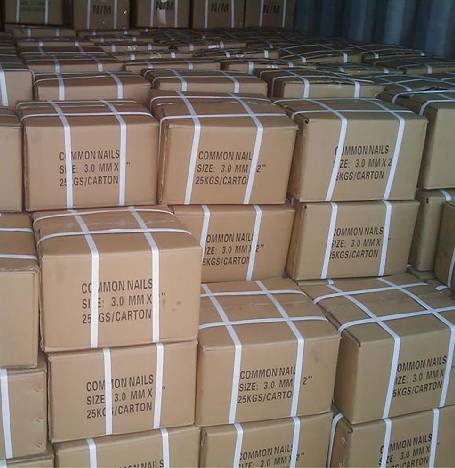Best Techniques for Efficiently Tightening and Securing Your Fence Wire for Optimal Durability
Tightening Fence Wire A Practical Guide for Homeowners
When it comes to maintaining a property, one essential task that often goes overlooked is the upkeep of the fencing. Fences serve various purposes, from providing security to marking boundaries, and their effective functioning relies heavily on well-maintained wire. Tightening fence wire is an important routine activity that ensures your fence remains sturdy and serves its intended purpose. This article will explore the reasons for tightening fence wire, the tools required, and the step-by-step process involved.
Why Tighten Fence Wire?
Over time, fence wire can become loose due to several factors, including weather conditions, animal activity, and natural wear and tear. A loose fence can lead to gaps, which may allow pets or livestock to escape and uninvited intruders to enter. Moreover, sagging wire creates an unappealing aesthetic and can diminish the overall value of your property. Regularly tightening the fence wire helps maintain its integrity and appearance while ensuring that it continues to serve its protective functions.
Tools You Will Need
Before embarking on the task of tightening fence wire, it’s essential to gather the right tools
. Here’s a list of items you may need1. Wire Tension Tool This specialized tool is designed specifically for tightening wire and can make the task significantly easier. 2. Fence Pliers These versatile pliers can help you twist and cut wire as needed. 3. Wire Cutters To remove damaged sections of wire or to cut new sections if replacements are necessary. 4. Gloves Protect your hands from sharp wire ends and to provide a better grip. 5. Measuring Tape To measure the distance between posts and determine how much tension is required. 6. Safety Goggles To protect your eyes from debris or wire snaps.
Step-by-Step Process
1. Assess the Fence Condition Walk along the fence line to identify areas where the wire has become loose. Look for sagging sections, snapped wires, or any signs of damage that may require attention.
tightening fence wire

2. Prepare the Area Clear any vegetation, debris, or obstacles around the fence line to give yourself ample working space. This step is crucial for both safety and efficiency.
3. Determine the Required Tension Use the measuring tape to assess the sag in the wire. This will help you understand how much tension is necessary to restore the wire to its proper position.
4. Use the Wire Tension Tool If you have a wire tensioning tool, position it on the loose wire and follow the manufacturer's instructions to tighten it. Generally, this involves turning a handle or lever to pull the wire taut.
5. Twist the Wire If the tension tool is not available, you can use fence pliers to twist the wire tightly around the posts. Make sure to twist it enough to eliminate sagging but be careful not to over-tighten, as this can strain the wire and lead to potential breakage.
6. Secure Loose Ends Once the wire is tightened, ensure that any loose ends are properly secured to prevent them from fraying or posing a safety hazard.
7. Inspect Regularly After tightening, make it a habit to inspect your fence every few months. Consistent care will minimize the need for extensive repairs and keep your fence looking its best.
Conclusion
Tightening fence wire may seem like a simple task, but it plays a crucial role in maintaining the functionality and aesthetics of your property. By dedicating a little time and effort to this activity, you can ensure that your fence remains strong and effective for years to come. So, gear up, gather your tools, and give your fence the attention it deserves!
-
Space-Saving Chain Fence Hacks Vertical Gardening with Cyclone MeshNewsJul.16,2025
-
Innovations in Iron Nail Wire Production for Modern ConstructionNewsJul.16,2025
-
Creative Uses of Wire Netting Fence in Modern Landscape DesignNewsJul.16,2025
-
Barbed Wire Fence Innovations in Anti-Climb TechnologyNewsJul.16,2025
-
Architectural Uses of Umbrella Nails for Aesthetic Roof DesignsNewsJul.16,2025
-
Architectural Uses of Razor Barbed Wire in Secure Urban DesignNewsJul.16,2025




